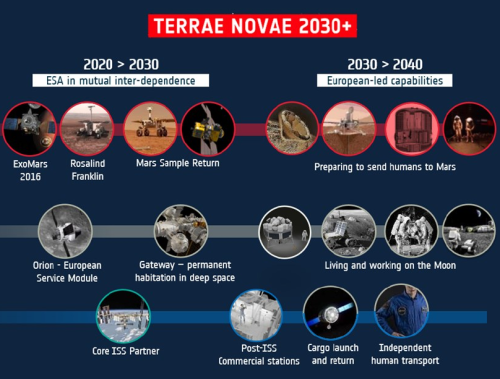SpaceX launches another 53 Starlink satellites
Capitalism in space: Earlier this morning SpaceX successfully launched 53 Starlink satellites, using its Falcon 9 rocket.
The first stage was flying its thirteenth flight, and supposedly landed successfully, though the stage’s video cut off just before landing, the drone ship video did not show it on the pad, and the confirmation of that landing was very late. It is possible it landed on a spot that the camera did not show, or that the landing occurred in the ocean and the stage was lost. We shall have to wait and see.
The leaders in the 2022 launch race:
28 SpaceX
21 China
8 Russia
4 Rocket Lab
4 ULA
The U.S. now leads China 40 to 21 in the national rankings, and the entire world combined 40 to 35.
Capitalism in space: Earlier this morning SpaceX successfully launched 53 Starlink satellites, using its Falcon 9 rocket.
The first stage was flying its thirteenth flight, and supposedly landed successfully, though the stage’s video cut off just before landing, the drone ship video did not show it on the pad, and the confirmation of that landing was very late. It is possible it landed on a spot that the camera did not show, or that the landing occurred in the ocean and the stage was lost. We shall have to wait and see.
The leaders in the 2022 launch race:
28 SpaceX
21 China
8 Russia
4 Rocket Lab
4 ULA
The U.S. now leads China 40 to 21 in the national rankings, and the entire world combined 40 to 35.

